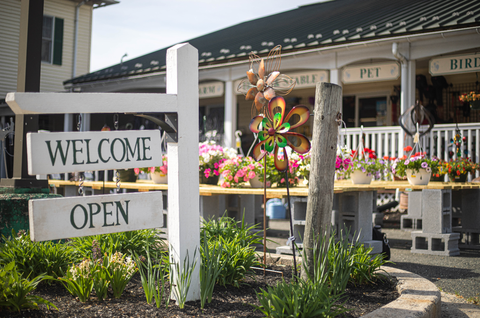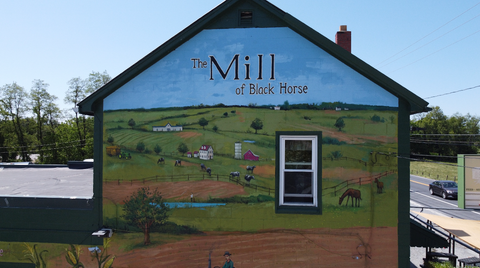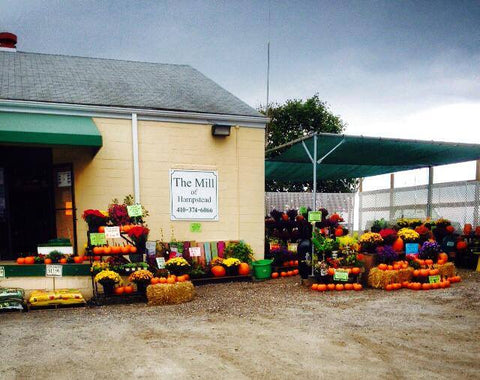Early Season
Annapolis (Earliglow heritage)- vigorous, winter hardy, disease resistant, maintain size through several pickings
Wendy- productive, holds fruit size through the season, disease resistant, winter hardy
Galletta (Earliglow heritage)- Large fruit, flavorful, disease-resistant, moderately winter hardy
Mid-Season
Honeoye- winter hardy, high yields, large berries, great for freezing/baking/jams
Jewel- large berries, consistent performance, great flavor
Allstar- stays consistent in difficult conditions, disease-resistant, large berries
Late Mid-Season
Sparkle- winter hardy, great for baking/freezing/jams, medium-sized berries
Everbearing (Day-Neutral)
Mara Des Bois- small to medium berries, will produce fruit summer into fall
Strawberry Planting Tips
-
Best planted in direct sunlight (at least 8 hours a day)

- Soil PH:5-6.8
- Spacing: 12-18” in the row, 3’ to 4’ between rows
- June-bearing strawberry plants bear fruit one year after planting
- Everbearing/Day-Neutral strawberry plants begin bearing fruit 12-14 weeks after planting depending on conditions
- Plant as soon as possible in the spring, after the soil has warmed to 50OF
- Avoid planting strawberries in soils where potatoes, tomatoes, eggplants, or peppers were grown. (Those crops can spread pathogens to strawberry plants)
- When mulching, do not use decayed/wet leaves or grass clippings.
- When plant is in the dormant stage, 4” of clean straw is recommended for mulch
























